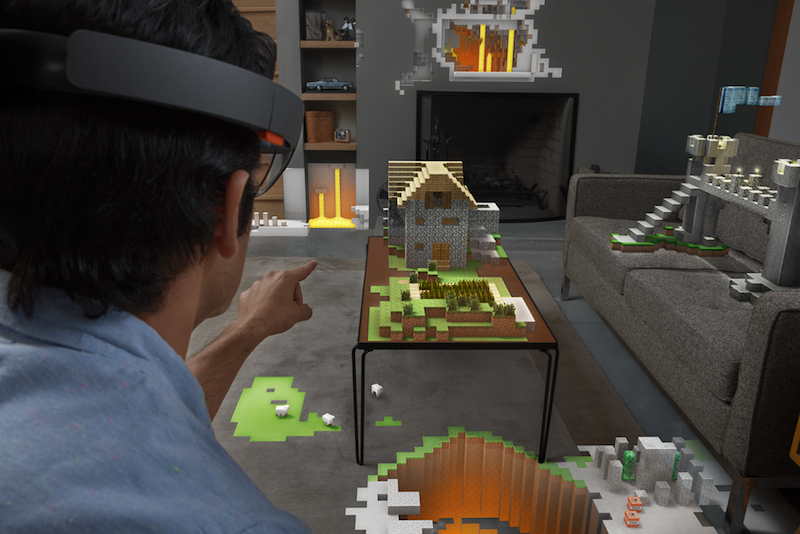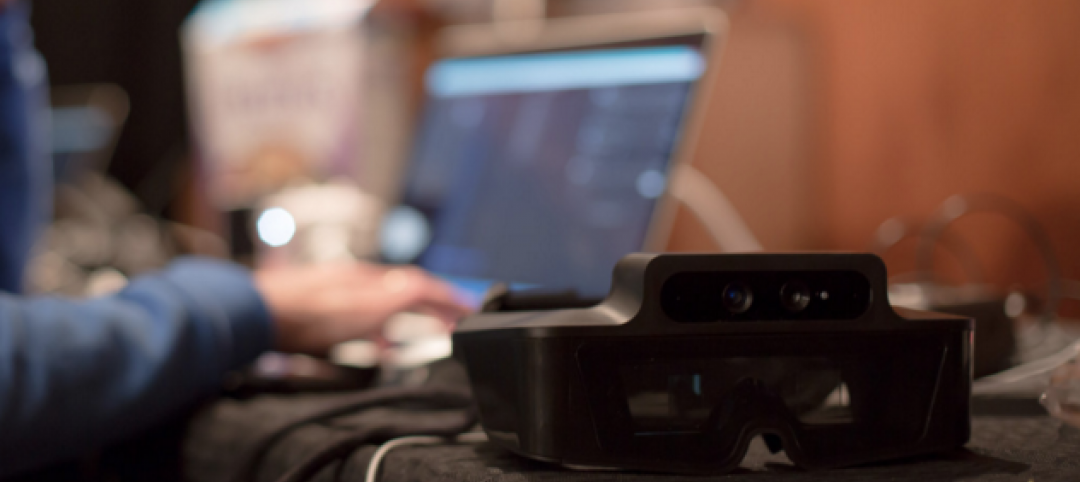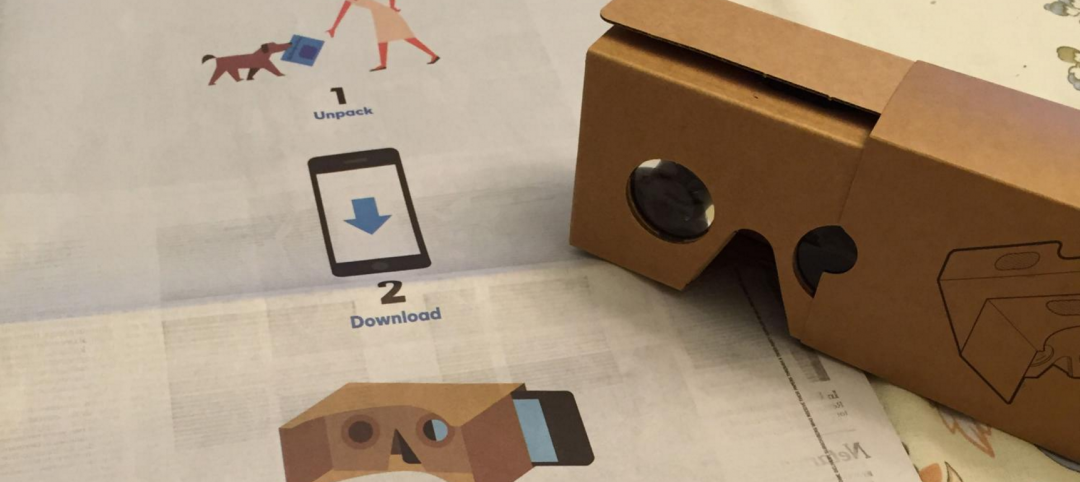Mixed reality and virtual reality are two similar technologies that look to alter the perception of the world we live in. While virtual reality devices, such as the Oculus Rift, do this by completely blocking out the real world and, for all intents and purposes, transferring you to another world entirely, mixed reality takes a more minimalist approach.
Mixed reality devices, like Magic Leap (which recently raised $794 million in new funding) or Microsoft’s HoloLens, leave the real world right where it is, instead, choosing to add to it and alter it. Whether these alterations are as simple as adding a flower pot to a table, or as grand having a whale jump straight out of a gymnasium floor and splash back down again (which is the first thing you see upon entering Magic Leap’s website) the real world changes, but never disappears completely.
It is this fact, this inclusion of the real world that mixed reality is built on, that has some people, such as movie director Peter Jackson, much more excited about its prospects as opposed to those of virtual reality. It becomes a question of what is more exciting: being transported to a new world of dragons, kings, and magic, or seeing a dragon perch on your house’s garage right in the middle of your very own neighborhood? In a recent Wired article written by Kevin Kelly, Jackson speaks as to why he is more excited about latter.
“Maybe while you are walking around the modern streets of Chicago you see gangsters driving past with tommy guns. It could be a form of education, entertainment, and tourism,” Jackson says. “In 10 years, I expect that mixed-reality technology like Magic Leap will be used as much as, if not more than, smartphones.”
Magic Leap’s website says the company wanted to “take a different path and rethink the relationship technology has with people.” Instead of staring at computer, television, and smartphone screens all day, the company wanted to use the real world as their playground.
Recently, as Uploadvr.com reports, Magic Leap showed off some applications of Magic Leap in a video (watch it here), one that they say was shot directly through their technology without using any type of special effects or compositing. The video shows off mundane tasks such as checking the weather and looking through daily notifications mixed with more entertaining and fantastical undertakings like getting a quick history of Mount Everest, complete with a virtual model of the mountain, sound effects, and audio recording and watching as a bloom of jellyfish swims through the air.
According to listings on their website, Magic Leap is currently hiring dozens of positions ranging from various types of engineers and designers to game developers and system architects, suggesting development of the Magic Leap is kicking into full gear.
While much of what has been shown in videos and on their website still looks like the stuff of dreams, mixed reality looks closer to being an actuality than ever before. Like T.E. Lawrence wrote, “the dreamers of the day are dangerous men, for they may act their dreams with open eyes, to make it possible.”
Well, the eyes of various developers of mixed reality devices seem to be wide open, and more things than ever before seem possible.
Related Stories
Augmented Reality | Feb 17, 2016
Startup Meta unveils holographic augmented reality prototype
The startup is an underdog in the AR battle but has a range of investors and fans.
BIM and Information Technology | Jan 27, 2016
Seeing double: Dassault Systèmes creating Virtual Singapore that mirrors the real world
The virtual city will be used to help predict the outcomes of and possible issues with various scenarios.
Augmented Reality | Jan 19, 2016
Will Generation Virtuals' office be a pair of glasses?
A waning need for office buildings may be on the horizon, thanks to the possibility of working remotely via new technologies like Google Cardboard, writes HDR's Rachel Park.









